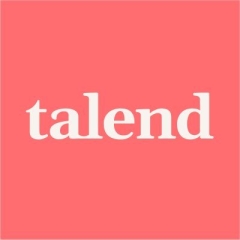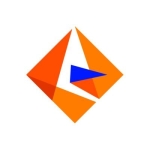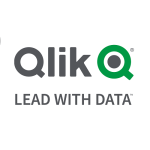What is most valuable?
The best thing I have found with Talend Open Studio is their major support for the lookups. With Salesforce, when we want to relate our child objects to their parent object, we need to create them via IDs. Then the upsert operation, which will allow you to relate a child object to the event, will have an external ID. That is the best thing which keeps it very sorted. I like that.
What needs improvement?
In terms of what can be improved, the scheduling is not there in the sister version, while it is there in the cloud one, which is a paid version. If all kinds of scheduling could be available on the Open Studio that we generally use and practice on, that would be great. The scheduling of the data migration is currently not available in the sister version of Talend Open Studio that we are working on. It is available in the advanced version of the Talend. This is the one thing that can be improvised.
Overall, I would like to see better scheduling for multiple, simultaneously running processes.
For how long have I used the solution?
I have been using Talend Open Studio for almost five plus years.
What do I think about the stability of the solution?
The stability is good. Since I have worked on a quite number of ETLs, Talend is a better approach or at least the better choice for me. Every time, it is the better choice to go for.
Buyer's Guide
Talend Open Studio
September 2025
Learn what your peers think about Talend Open Studio. Get advice and tips from experienced pros sharing their opinions. Updated: September 2025.
869,832 professionals have used our research since 2012.
What do I think about the scalability of the solution?
Scalability is a good feature here.
Whether we increase usage depends on the requirements. When I started, it was the basic requirement. Now, as time passes, I'm working on competencies and the new personalities of the Talend and there are some components which are not available here which I have to download from the AppExchange. For example, there is a kind of drill component which we get from AppExchange. With the experience of five years, I have worked multiple competencies and multiple scenarios. It is scalable and customizable, but one issue we have faced individually and as a team on Talend, is the errors which are not completely recognizable. Other than that, in terms of handling, in terms customization, in terms of the UI, it is quite responsive and quite easy to use. Other than the logs.
Which solution did I use previously and why did I switch?
I have used cloud apps, such as the dataloader.io or the Informatica cloud, but I have not worked on the Talend cloud version. I now work on the Talend Open Studio, which is the desktop version.
When I started this data thing, where we handle the data, Talend Open Studio was the first solution which I worked on and I'm still working on it. I have worked on the different details of the scheduling events and of the client comments. These are the two issues because of which I switched to Informatica, the DataBank, and cloud dataloader. Otherwise, we mostly focus on Talend Open Studio.
How was the initial setup?
Initial setup was not very easy because when I started I didn't have any background on the data integration. But there is a class to start. When I started with Talend Open Studio, it was an average, good experience. Not very easy, nor very complicated.
What other advice do I have?
I would say it is a good platform. Give it a start to work on. It actually handles the freshers very nicely. The only drawback as a fresher is lacking the experience which makes it difficult to understand the error message that gets generated on the execution of the job, not in the file. That has been tricky. Because you need to have experience to understand why that error appears in the execution of the job. Otherwise, it's a good platform to have a start on.
On a scale of one to ten, I would give Talend Open Studio an 8 to 9. It would be 9 if they added the scheduling of multiple processes. Without that, it is an 8.
Which deployment model are you using for this solution?
On-premises
Disclosure: My company does not have a business relationship with this vendor other than being a customer.














